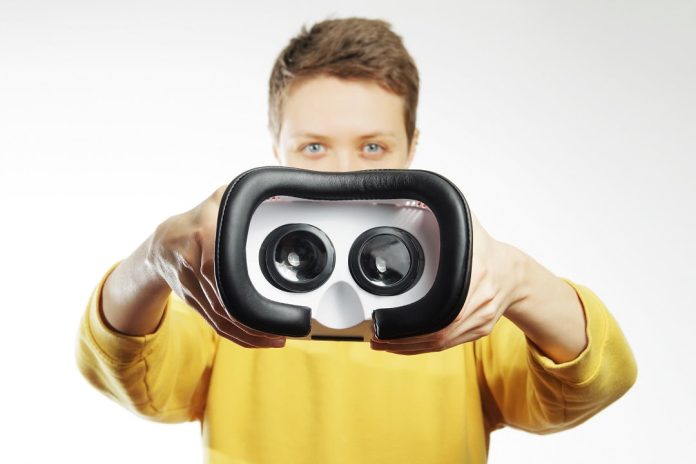OVER the past couple of years, it has been repeatedly brought home that electronic security solutions are being conceptually liberated by the digital transition, allowing them to incorporate a wide range of lateral technologies that will expand the challenges and opportunities of the future.
Alongside this liberation of technology runs a hunger for cost reduction among end users, as well as an increased threat profile that applies to population centres as much as to commercial and government organisations. Ordinary citizens globally feel connected to concepts of security surrounding empirically proven threats.
In some areas, these forces are coming together in ways that push security technology forward and biometrics is a case in point. Decades ago, I visited the office of biometric tech house Jaguar on SabreVision out at Castle Hill in Sydney. This technology will revolutionise access control, they said. But it did not. Biometrics has been limited to high security applications, despite the fact it is now a mature technology that is generally affordable to buy and very cheap to maintain, for the longest time. Human nature has been part of the issue – people can be discomforted by the notion of biometrics but most people are much less troubled with biometrics today than they were back in 1994.
Partly, this is because the threat profile has changed. If a technology can save the lives of a plane-load of passengers, then the privacy price is well worth paying. But it’s also down to efficiency and not just for end users but for their customers. Airports are a classic case. Anything that reduces human intervention in the process of managing security represents a huge cost saving for airport operators. At the same time, anything that streamlines the process of transitioning a customs queue represents a huge reduction in wasted time for passengers.
In Australia, the success of the SmartGate biometric passport system, which was introduced by the Australian Border Force in 2007, has seen the announcement of a plan to take all international travellers to biometrics, beginning later this year. The new system will be contactless and passengers will be processed by biometric recognition of the face, iris and/or fingerprints, matched to existing data with no human involvement. There are privacy issues surrounding the need for a database of some type – passengers considered higher risk will be processed by customs but the rest will exit airports much more quickly and are not likely to complain.
Australia is not the only country seriously considering expanding biometrics on a broad scale. They have been considered in France as part of a national ID card and Nigeria is planning to collect biometric data from every citizen in its 2018 census. That’s a seriously big deal. If you were raised on Revelations’ sermons, a national database of biometric identifiers sounds threatening but it seems increasingly likely that the next major step in authentication technology is going to be in this direction.
Widespread banking fraud and the comfort most users feel with biometric authentication of mobile device access feeds into the process of biometric acceptance. If your identity has been stolen and fraud subsequently committed in your name, you’re much less likely to have an issue with card or device-based biometric identifiers which ensure such a fraud can never happen again. What was most noteworthy to me around the recent announcement of a biometric passport system in Australia was the general lack of response from privacy groups – 20 years ago, there would have been an Australia Card level of uproar.
Of course, the waving through of biometric passports does not mean suddenly every access control system is going to swap out card-based access readers for biometric authentication. Nor does the growing use of mobile devices as a means of access authentication suggest access control cards are no longer viable as credentials. Instead such shifts in technology show us that in the future, security is likely to be more prevalent, more pervasive than it has been in the past. It shows that technologies that are efficient in terms of their performance and their cost will be valued most highly by end users. And it proves that by taking efficiency and optimum security performance as an operational template, installers and integrators can cut themselves free from the constraints of traditional technologies. ♦
By John Adams









